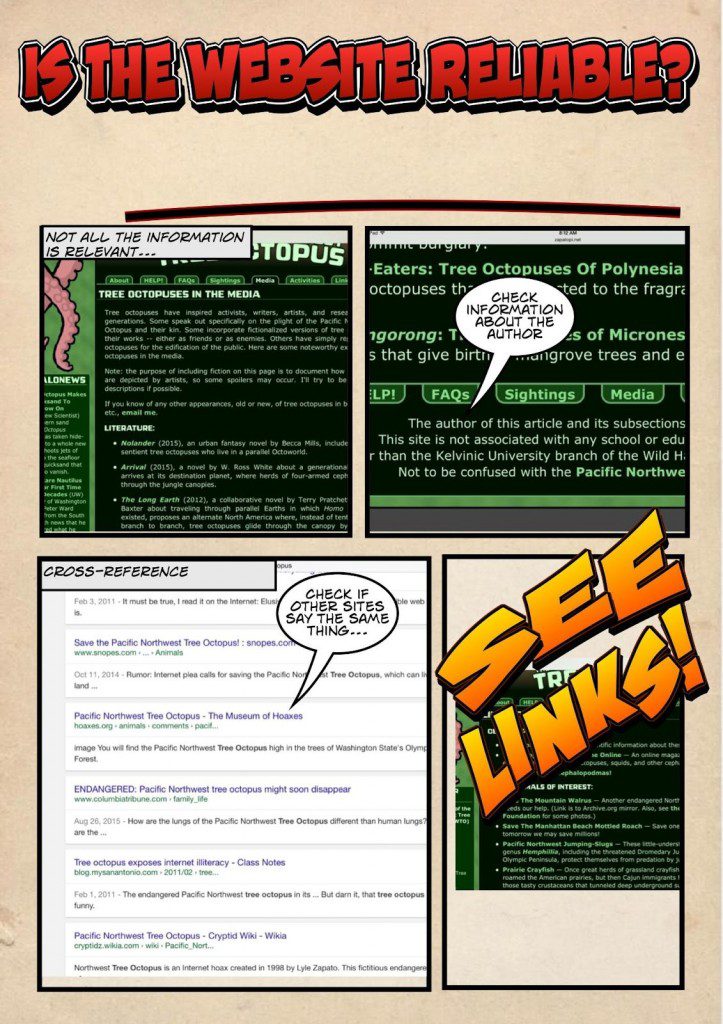One of the things that we should continually be doing as teachers is to think critically and help our students do the same. In a world of ever increasing amounts of information, it becomes important to find strategies that encourage learners to take a step back and evaluate the reliability of information. Who wrote the text? Why was it written? When was it written? Do other sources corroborate what is being said? As the web is now our main source of information, we should help our students to identify the telltale signs of inaccuracy and misinformation. One way to achieve this end is to introduce students to a website that is intended to deceive the reader – yet begin by presenting this information as true. After all, we all know that if we experience an emotional reaction to something then we’re more likely to remember it. It’s all well and good telling students to think critically, but if we can engage their emotion in the process, learning is far more likely to occur.
Following a recommendation from a colleague, I therefore read my students the Home Page of this blog by Brittany Ozarowski:
I read the story with a solemn expression on my face. I then followed it up with a question: What is wrong with Brittany’s webpage? Looking around the room, even the least sensitive of students looked sympathetic. Most were quick to say that the webpage looked easy to navigate, that Brittany had provided us with all the necessary information. Other students pointed out that perhaps the design could have been improved – but under the circumstances she’d done a good job. After skirting around the subject and listening to my students’ ideas for a few minutes, I finally told them. What is interesting about Brittany’s story, I explained, is that it’s all made up – none of it is true. Brittany was a heroin addict – she had created the site not to raise money for cancer treatment, but to fund her addiction. All the students were shocked, appalled and could straightaway see the need to question the reliability of information. This introduction proved to be an effective way to remind students that anyone can post information online – and that just because someone writes something, it does not mean the information is accurate or even true.
As an independent activity, I asked the students to explore this website about the famous tree octopus. All of the information contained on the website is fake, yet provides students with a good opportunity to look for clues about what makes this website unreliable. Using Comic Life, students then began to make some comic displays, giving their readers tips about what makes a reliable website (below is an example).
What is important to realise is that it’s not always obvious whether or not the information contained on a website is reliable. By using examples of websites that look genuine but which are in fact completely false, learners can begin to develop their skills in critical thinking and research – skills that they’ll need throughout life.





